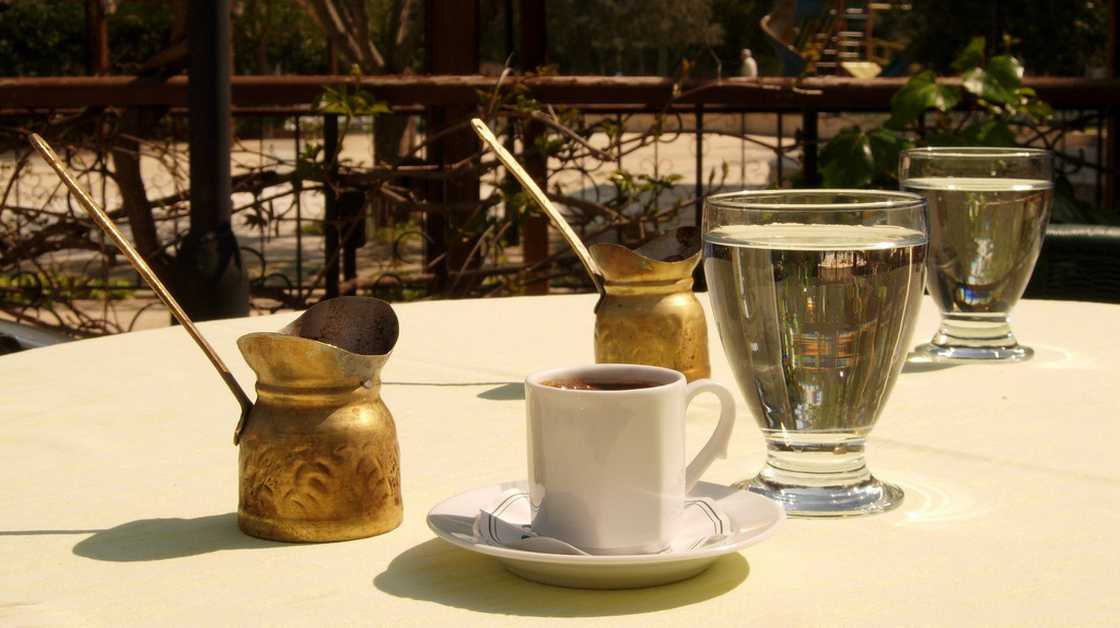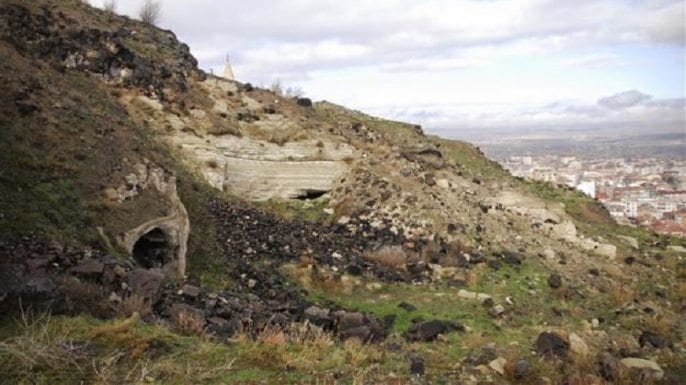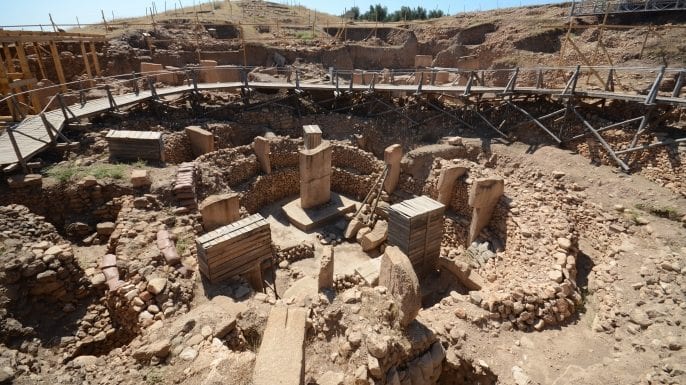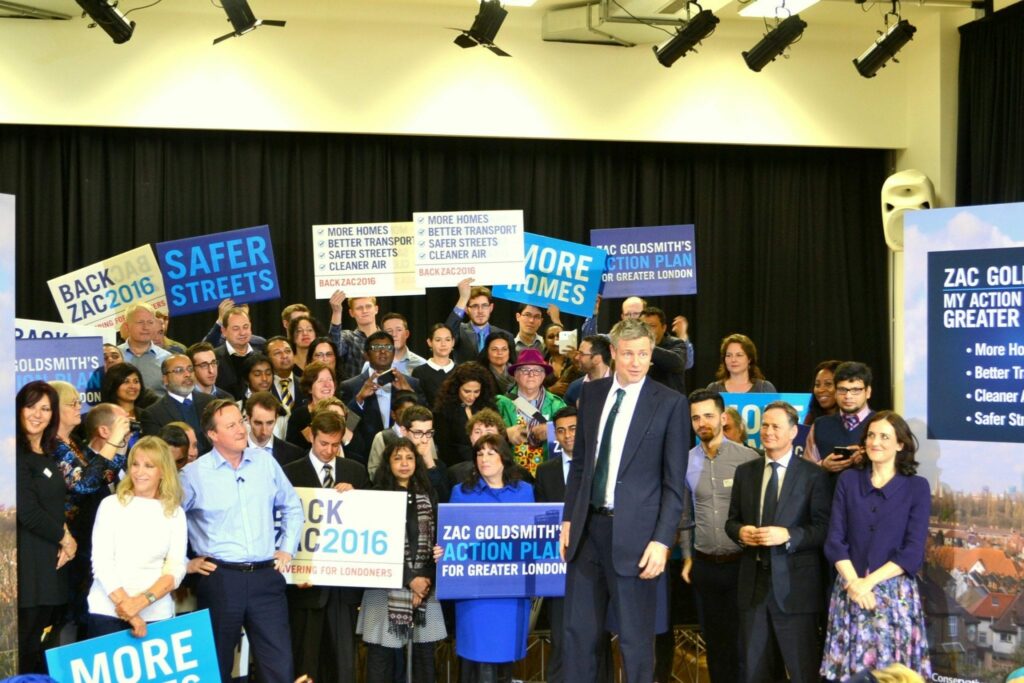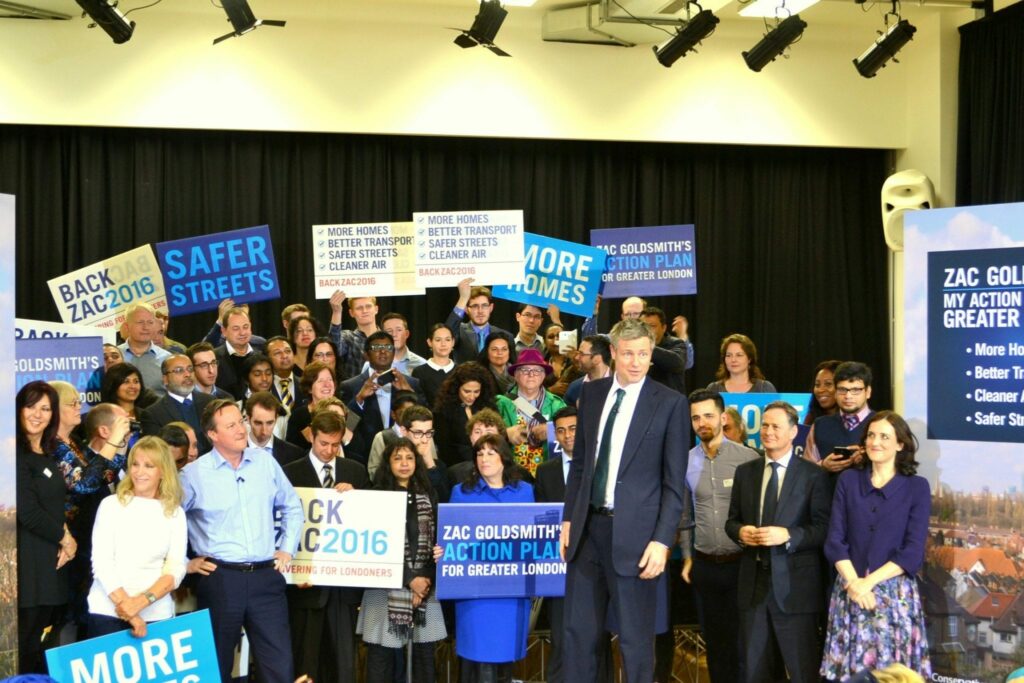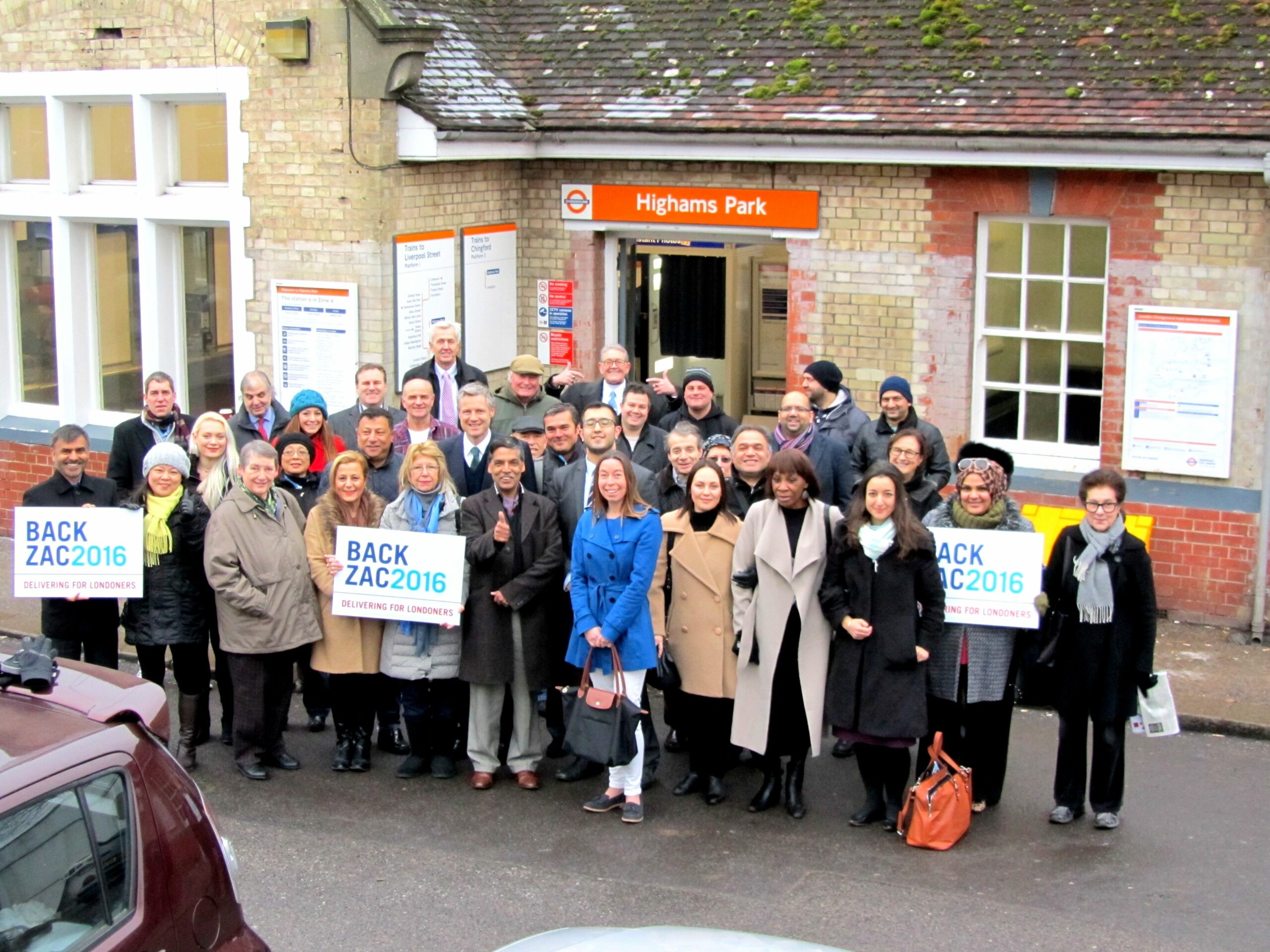ANKARA – Anadolu Agency
The United Nations Educational, Scientific and Cultural Organization (UNESCO) has added new heritage and cultural items in Turkey to its ‘Special Environment Preservation’ listin 2013, a total of 41 pieces of cultural heritage from Turkey are included in the United Nations Educational, Scientific and Cultural Organization’s (UNESCO) Special Environment Preservation list, up from 38. According to the new list, the intangible list of UNESCO has Turkish coffee. On the other hand, Kula jeopark has entered to the Special Environment Preservation list.
Sardes Ancient City and the Bintepeler Lidia tumult in Manisa, the Genovese Trade Road, and the Salt Lake in Central Anatolia, which had been on the temporary heritage list, have been entered into the Special Environment Preservation area.
Meanwhile, this year the “intangible cultural heritage” list has also been reorganized, and Turkish coffee culture and tradition is set to be included into the list if the proposal gets approval.
Turkish National Commission forUNESCO
Chairman Öcal Oğuzsaid ministry continues
its workson protecting heritage. AA photo
Turkish coffee enters to intangible heritage
A variety of traditional elements have been proposed to be included in the Representative List of Intangible Cultural Heritage, during the five day meeting of 780 delegates from 116 countries. Turkish National Commission for UNESCO Chairman Professor Öcal Oğuz said the Culture and Tourism Ministry was continuing its works on protecting and preserving cultural heritage in Turkey. “Turkish coffee was recommended for the list through the Turkish Ministry of Culture and Tourism,” adding that Turkish coffee has accepted to the list yesterday.
Oğuz added that many other assets of Turkey’s culture such as the wedding dinner keşkek, whirling dervishes, grease wrestling in Kırkpınar and shadow theatre had been included in the UNESCO intangible cultural heritage list in previous years.
“The representative list is important as it makes Turkish cultural assets more recognized by the international community,” he said.
Oğuz stressed that Turkish coffee was more than just a drink, stating that “it is known as ‘Turkish coffee’ all around the world not only because of its commodity, but also because of its style, preparation method and traditional presentation.”
In the Intangible list of UNESCO Ebru art, Hıdırellez/St George spring Day have entered to the list.
Culture and Tourism Minister Ömer Çelik said yesterday that he is very content with the result and Turkey has total of 11 items in the list.
The List of Intangible Cultural Heritage was established by UNESCO in order to better protect, safeguard and promote important intangible cultural heritages worldwide, to showcase cultural diversity and creative expression. Since 1994 many parts from Turkey have entered to the list, such as Ephesus (İzmir), the Karain Cave (Antalya), the Alahan Monastery (Mersin), Alanya (Antalya), the Diyarbakır Castle (Diyarbakır), the Harran and Şanlıurfa Settlements, and many more.
On Nov. 30, UNESCO assembled to include Evliya Çelebi’s “Seyahâtnâme” (Book of Travels) as part of UNESCO’s “cultural memory.”

